If I was asked to best describe the quality of arable land in this tiny neck of the woods – Killinchy and surrounding area – I would likely use an English football analogy and say we were playing in the lower divisions, but not quite down in the National League.
It always amuses me to read articles about crop growing, because all of them start off by assuming the soil type is grade one arable land.
While this area has pockets and individual fields of lovely ground, the average field is not top quality.
We are farming boulder clay on drumlins, and the amount of friable soil depends very much on how much was deposited by the glaciers as they retreated at the end of the Ice Age.
Therefore, if we get completely suitable weather immediately after cereals are planted, then our yields can frequently be right up there with the most suitable grain-growing regions of NI.
However, it’s when less-than-perfect ground conditions are experienced that things tend to come unstuck, and this highlights the difference between true cereal-growing land and our slightly inferior soils.
Never has this been more evident than during the sowing conditions for autumn of 2022 and spring of 2023.
Prolonged wet weather
Winter cereals were the first to reflect this tendency, with most fields in the locality displaying the tell-tale signs of a prolonged spell of wet weather in autumn. Deeper, more-free draining areas of individual fields are looking fine, but top rigs and wet areas mostly foundered after planting, and never got the chance to braird.
Of course, spring applications of nitrogen have helped to encourage tillering and crop canopy, but when I peer out of the tractor cab while spraying, the thin and gappy areas are all too obvious.
Spring cereal
The spring cereal situation was even more pronounced, because we waited and waited for dry weather to arrive and whiten the soil, until most of us ran out of patience. A few growers jumped first (some might say they panicked) and while fields appeared to be displaying the necessary whiteness on top, soil was far too wet below the surface.
I observed some of my farming peers sowing their barley and announced that my land was far too raw, and I would wait until conditions were correct. Another two weeks passed – we were well into April at that stage – and I continued to take the moral high ground.
Eventually I succumbed to the inevitable, despite ploughed land being too damp for ideal barley conditions, and ripped into my field with the grubber. The idea was to open it up a bit and let it dry out ahead of the power harrow-drill combination. When the gulls are following you up and down the field in spring, it probably isn’t a great sign?
Sowing barley on 15 May is about as far from ideal as you could wish for. To make matters worse, the day before mine was planted I heard the cuckoo.
Having not heard his delightful mating call for close to 50 years, part of me was charmed and excited in equal measure, but another bit of my memory recalled the oul’ boys of my parents’ generation who steadfastly warned about the perils of ‘cuckoo-corn’.
Even in the days before fungicides, growth regulators and trace elements, the importance of early and timely planting was fully understood.
Miracle
As things stand, my barley is looking far better than I ever expected, but I suspect the lateness of sowing will heavily outweigh the benefits of a robust fertiliser and fungicide programme.
The awns began appearing before it was knee-height, and although a lot of crop canopy development seems to have taken place since the rains came, my predicted yield has to be the lowest I can remember. It’ll be a miracle if it does a clear two tonnes per acre.
Watch this week's video below:
Read more
Watch: the aroma of a perfect silage season
Farmer Writes: no regrets having less work to do
If I was asked to best describe the quality of arable land in this tiny neck of the woods – Killinchy and surrounding area – I would likely use an English football analogy and say we were playing in the lower divisions, but not quite down in the National League.
It always amuses me to read articles about crop growing, because all of them start off by assuming the soil type is grade one arable land.
While this area has pockets and individual fields of lovely ground, the average field is not top quality.
We are farming boulder clay on drumlins, and the amount of friable soil depends very much on how much was deposited by the glaciers as they retreated at the end of the Ice Age.
Therefore, if we get completely suitable weather immediately after cereals are planted, then our yields can frequently be right up there with the most suitable grain-growing regions of NI.
However, it’s when less-than-perfect ground conditions are experienced that things tend to come unstuck, and this highlights the difference between true cereal-growing land and our slightly inferior soils.
Never has this been more evident than during the sowing conditions for autumn of 2022 and spring of 2023.
Prolonged wet weather
Winter cereals were the first to reflect this tendency, with most fields in the locality displaying the tell-tale signs of a prolonged spell of wet weather in autumn. Deeper, more-free draining areas of individual fields are looking fine, but top rigs and wet areas mostly foundered after planting, and never got the chance to braird.
Of course, spring applications of nitrogen have helped to encourage tillering and crop canopy, but when I peer out of the tractor cab while spraying, the thin and gappy areas are all too obvious.
Spring cereal
The spring cereal situation was even more pronounced, because we waited and waited for dry weather to arrive and whiten the soil, until most of us ran out of patience. A few growers jumped first (some might say they panicked) and while fields appeared to be displaying the necessary whiteness on top, soil was far too wet below the surface.
I observed some of my farming peers sowing their barley and announced that my land was far too raw, and I would wait until conditions were correct. Another two weeks passed – we were well into April at that stage – and I continued to take the moral high ground.
Eventually I succumbed to the inevitable, despite ploughed land being too damp for ideal barley conditions, and ripped into my field with the grubber. The idea was to open it up a bit and let it dry out ahead of the power harrow-drill combination. When the gulls are following you up and down the field in spring, it probably isn’t a great sign?
Sowing barley on 15 May is about as far from ideal as you could wish for. To make matters worse, the day before mine was planted I heard the cuckoo.
Having not heard his delightful mating call for close to 50 years, part of me was charmed and excited in equal measure, but another bit of my memory recalled the oul’ boys of my parents’ generation who steadfastly warned about the perils of ‘cuckoo-corn’.
Even in the days before fungicides, growth regulators and trace elements, the importance of early and timely planting was fully understood.
Miracle
As things stand, my barley is looking far better than I ever expected, but I suspect the lateness of sowing will heavily outweigh the benefits of a robust fertiliser and fungicide programme.
The awns began appearing before it was knee-height, and although a lot of crop canopy development seems to have taken place since the rains came, my predicted yield has to be the lowest I can remember. It’ll be a miracle if it does a clear two tonnes per acre.
Watch this week's video below:
Read more
Watch: the aroma of a perfect silage season
Farmer Writes: no regrets having less work to do




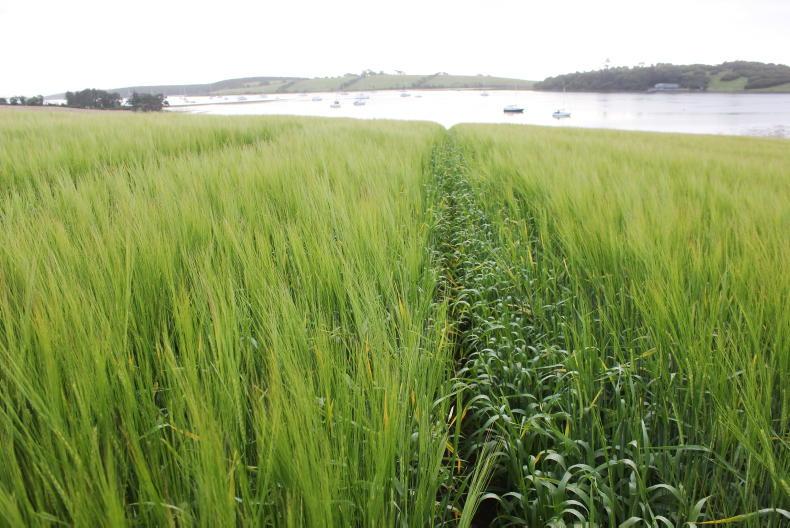
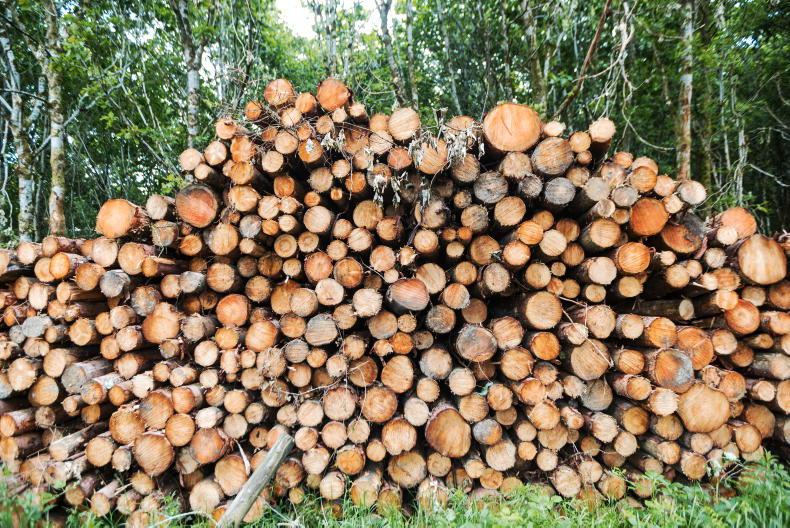

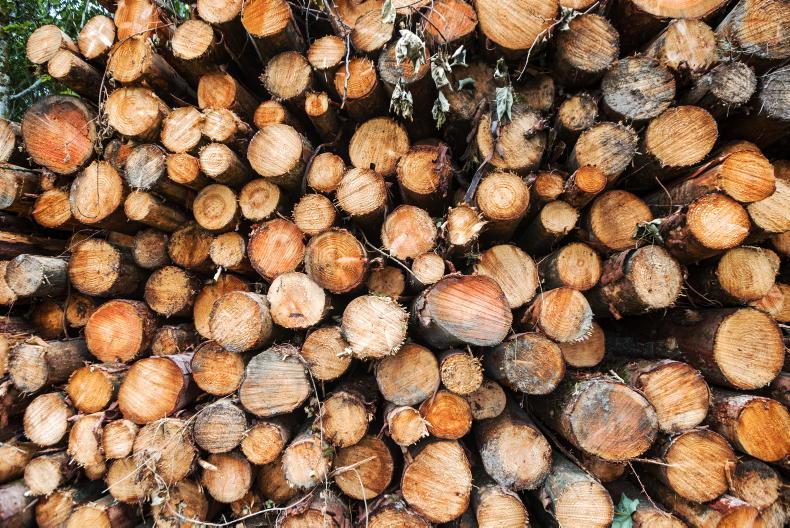
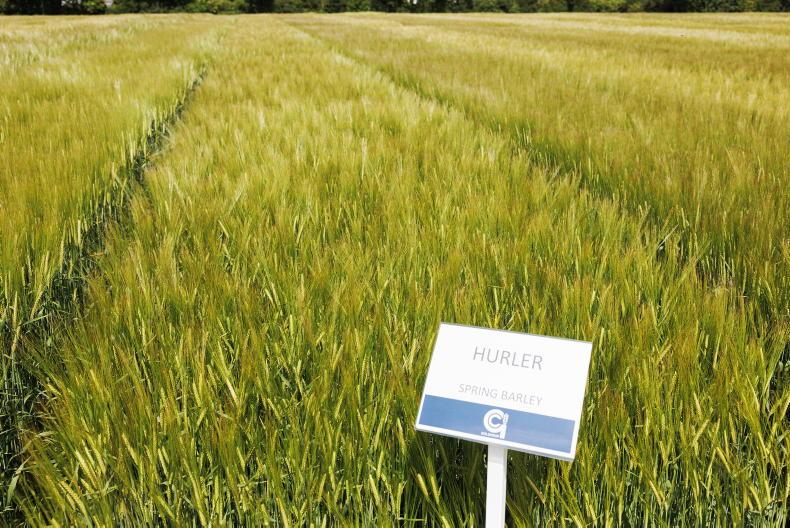
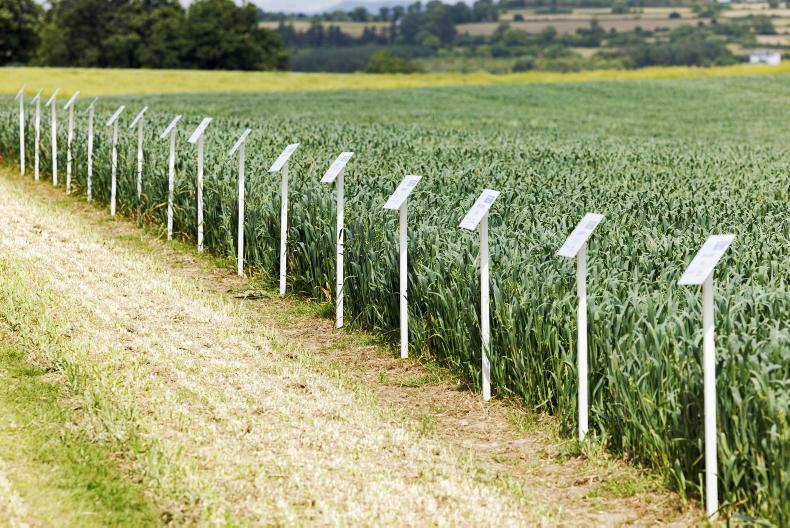
SHARING OPTIONS